The capital city of Iran, Tehran, is practically every visitor’s first port of call when they touch down in the country. Backed by the slopes of the Alborz mountains, this glistening city is surprisingly liberal and features an energetic mix of modern and cultural hotspots to discover.
This is the place to get a better understanding of both Iranian history and Iran as it is today. From opulent palaces and their oasis-like gardens to excellent museums, contemporary cafes, and even plenty of green spaces and nature to explore, Tehran is fascinating enough to warrant a few nights acquainting yourself with the city.
Table of Contents
Things to Do in Tehran
Golestan Palace
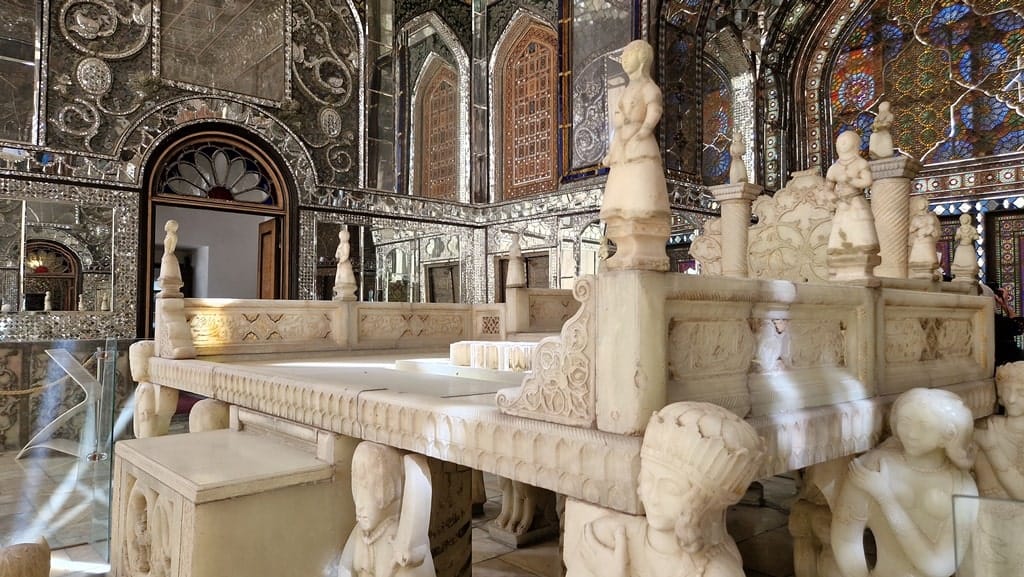
Though the current resplendent building dates to 1865, the Golestan Palace is one of the oldest historical monuments of Tehran. It was first built in the 16th century and later renovated in the 18th century. Today this UNESCO World Heritage Site is part of a group of royal buildings, once the home of the Qajar dynasty.
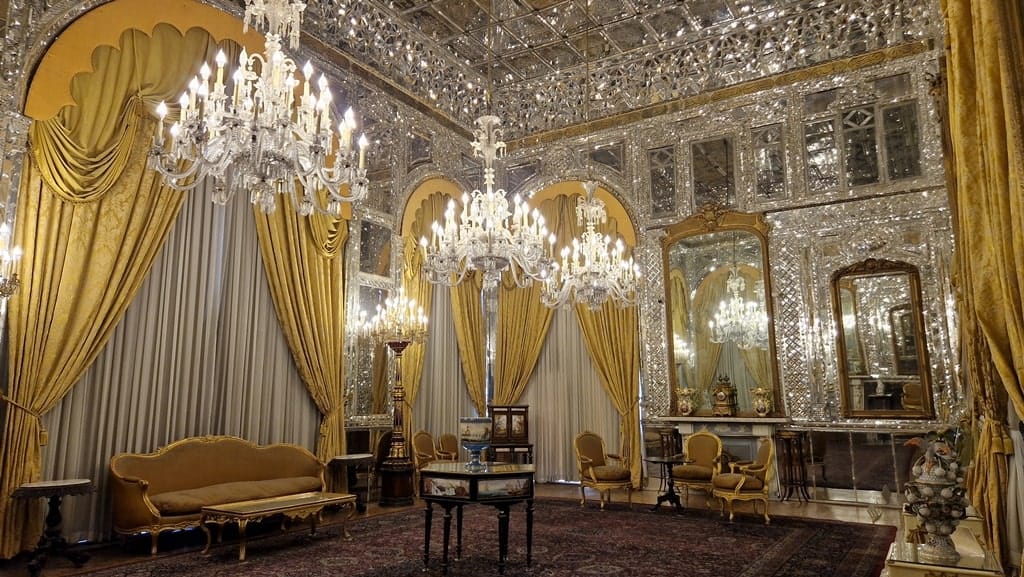
Once upon a time, the palace complex sat behind the mud-thatched walls of Tehran’s citadel. Though the wall is no longer present, 17 buildings remain, ranging from museums and halls to royal residences and reception rooms.
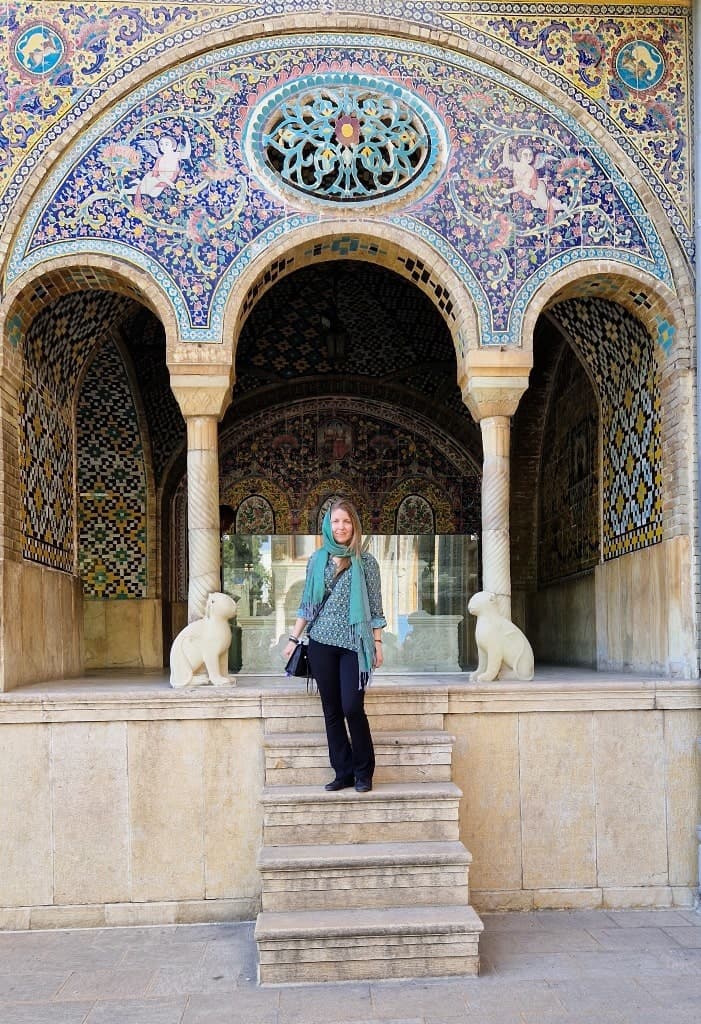
The marble Throne Room is particularly grand, while the Brilliant Hall is adorned with thousands of tiny mirrors for astounding effect. Visitors can still take in the spectacular opulence of the palace, which is located near the Grand Bazaar.
Grand Bazaar
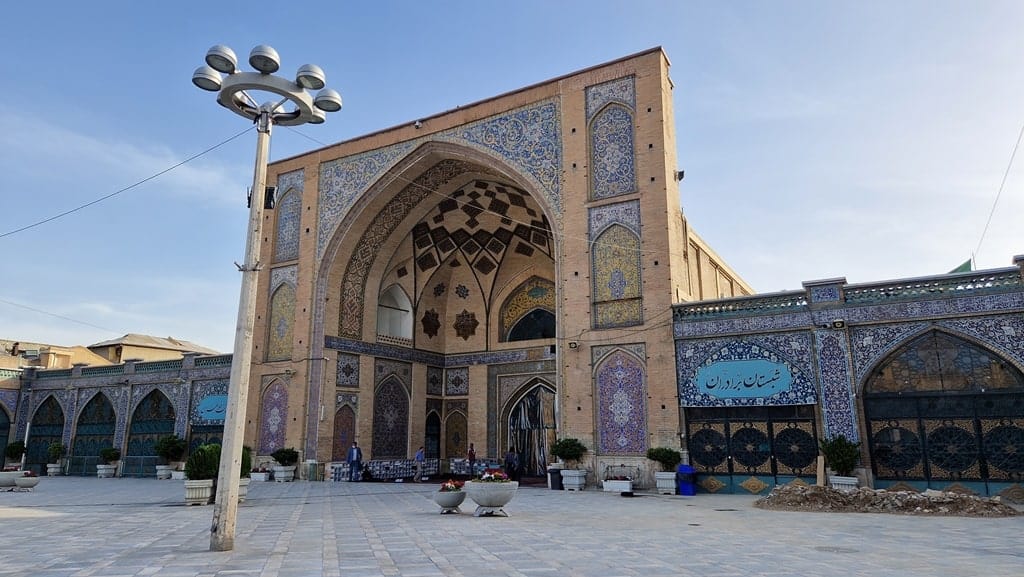
Situated in Tehran’s downtown district, trade on this site is thought to date back to the 7th century with the Muslim conquest of Iran – though the current architecture of the Grand Bazaar as it stands today has been built in the past 200 years.
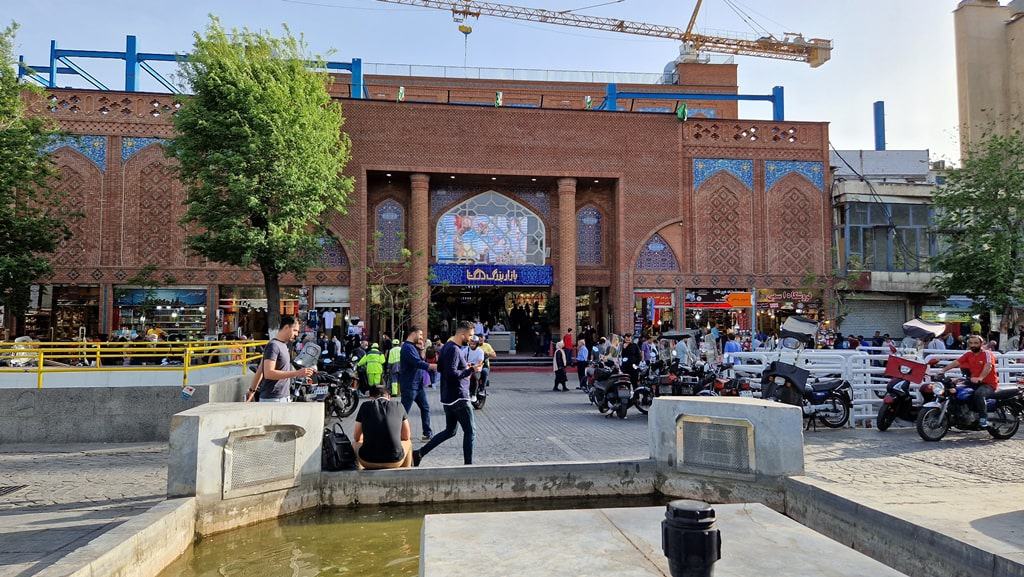
However, it’s not the age that’s the most impressive thing: it’s the size of the market. The Grand Bazaar consists of more than 10 kilometers of lanes packed with stalls of all varieties. While there are several different entrances, entering through the main entrance gives you a view of all the action taking place on the central lane.
Visiting is best done in the morning when the market has a buzzing energy without being too overwhelming.
Imam Khomeini Mosque
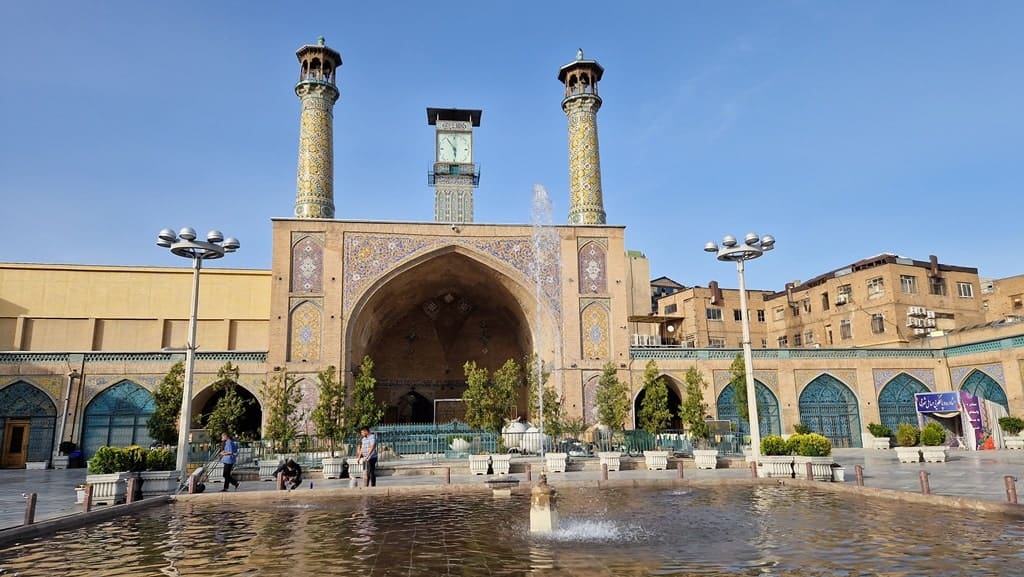
Also known as the Grand Mosalla Mosque of Tehran, this impressive religious site is a stone’s throw from the hustle and bustle of the Grand Bazaar.
It was built as a place for crowds to gather for Friday prayers and is relatively new; the design, based on traditional Islamic architecture, dates back to a competition held in 1990 to envision the new mosque (although it remains unfinished).
This large mosque also doubles up as a community center and is often used as a place for large gatherings and cultural events.
Masoudieh Palace
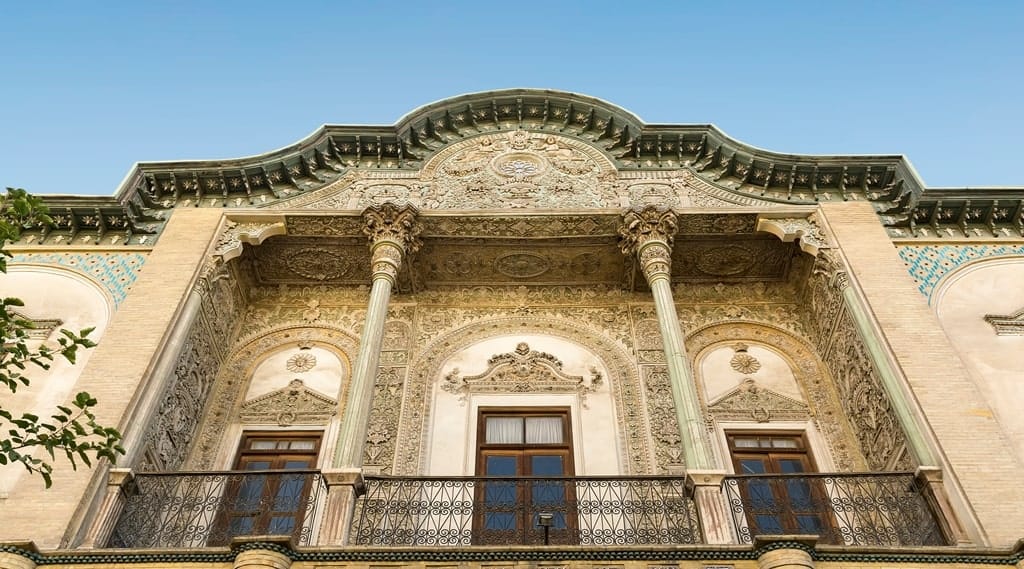
This historic mansion was originally built for Masoud Mirza in 1878 by his father, Naser Al-Din Shah, the fourth shah of the Qajar dynasty (until his assassination in 1896). Though it was built as a luxurious residence, the regal building has actually seen its fair share of nation-shaping events throughout Iran’s history.
It was the stronghold of a revolutionary faction in the late 19th century; a bomb was detonated here in 1908, which narrowly missed killing the shah.
It soon became a military college and was later used for the Ministry of Education before finally becoming a national heritage site for Iran in the late 1990s. Today it’s a peaceful place with beautiful grounds to stroll around.
Milad Tower
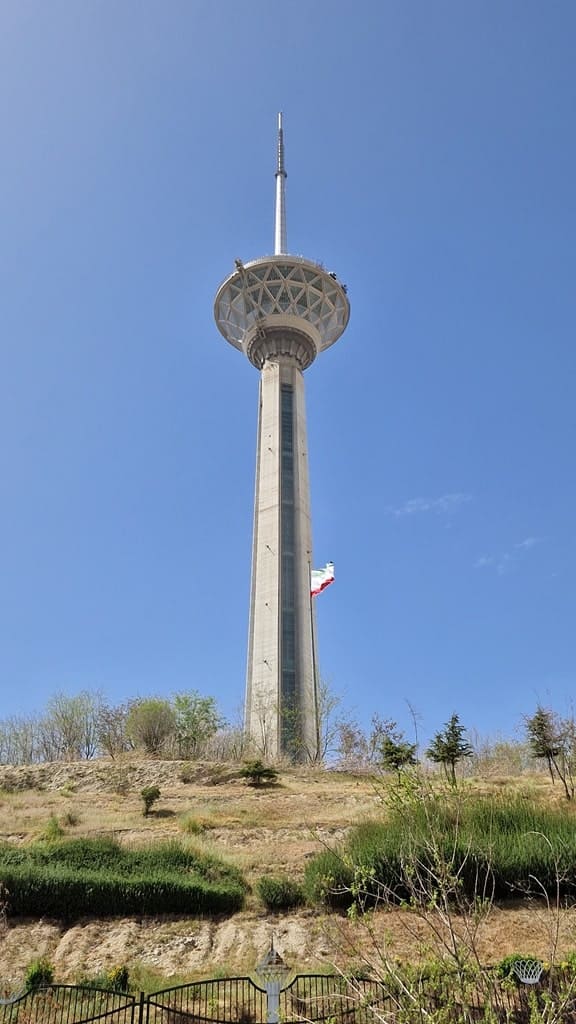
Situated in the western suburbs of the city, Milad Tower is one of the newer additions to the Tehran skyline. The soaring structure opened its doors in 2008 and is currently the sixth-tallest tower in the world: it stands at a height of 435 meters. As well as a 5-star hotel and convention center, the tower also features an art gallery, a revolving restaurant, and an observation deck for breathtaking views of the city below.
Azadi Tower
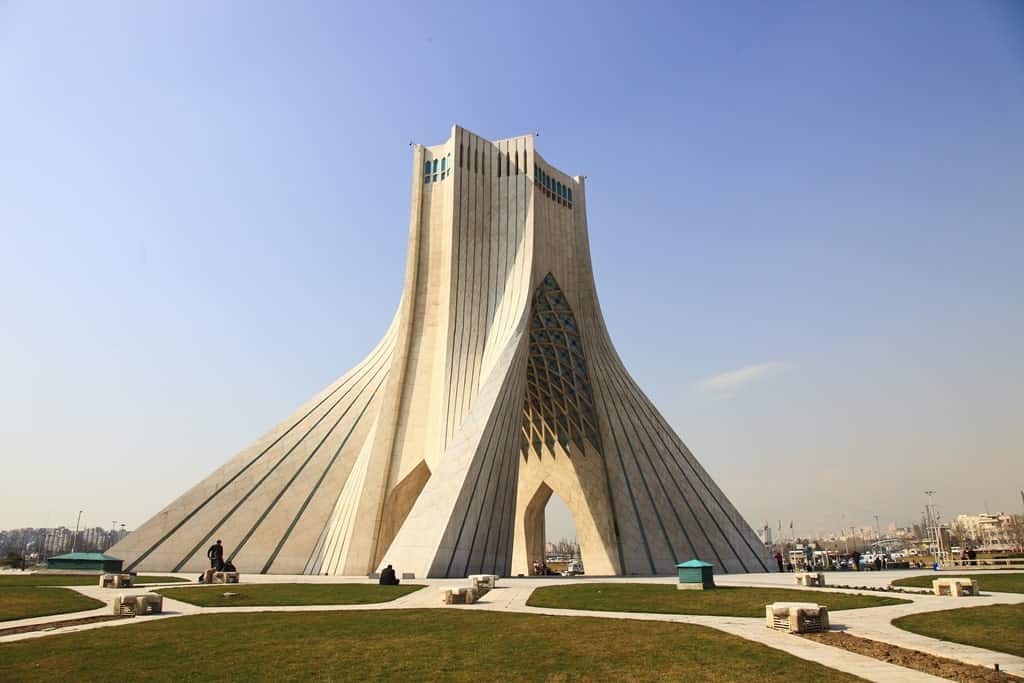
Completely clad in marble, the gleaming Azadi Tower is an iconic landmark of the city and a prime example of post-classical Iranian architecture. It is a product of the increasing wealth of Iran following the White Revolution sparked by the shah in 1963.
As well as being a monumental structure to admire, there’s also an observation deck for city views. At its base, you’ll find the Azadi Museum. This cultural complex features a number of artifacts and art from throughout Iran’s long history, from pottery and paintings, giving you a chance to learn more about its history.
Niavaran Complex
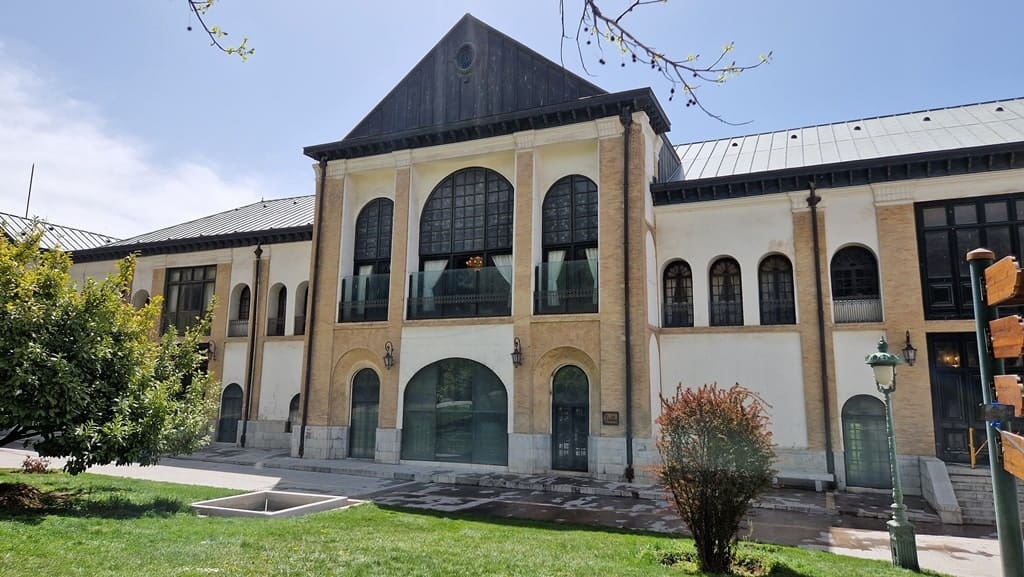
This elegant palace complex is the place to come to see manicured gardens and an impressive collection of art. The complex was first used in the late 18th century as a summer residence by Fath-Ali Shah, the second shah of the Qajar dynasty, with many renovations throughout its history.
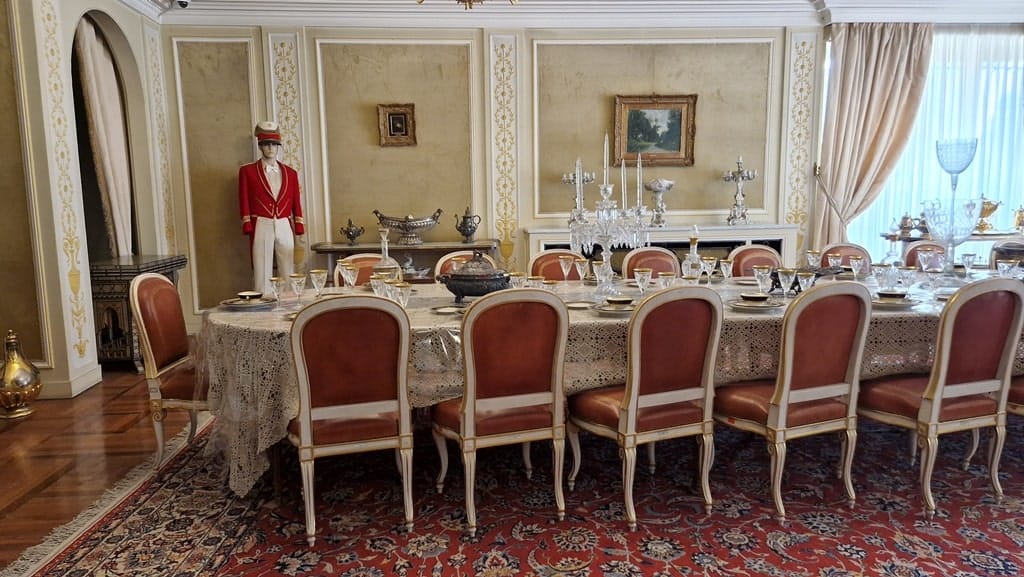
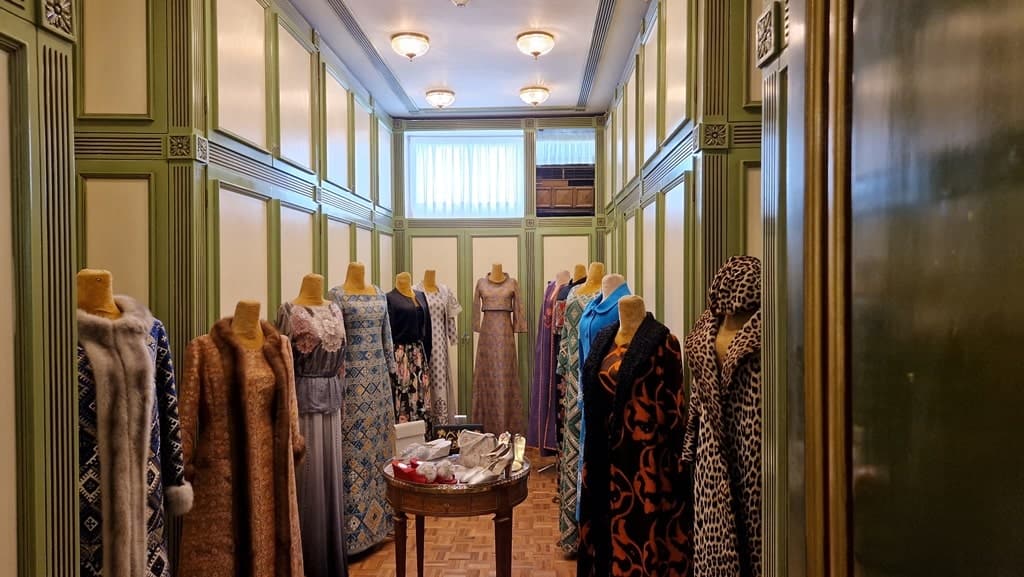
The current palace was completed in 1967 as a home for the shah and empress at the time. Visitors get a chance to tread in royal footsteps (and presidential visits from the USA), while admiring a mix of minimalist ‘60s design and opulent Persian interiors.
Saad Abad Complex
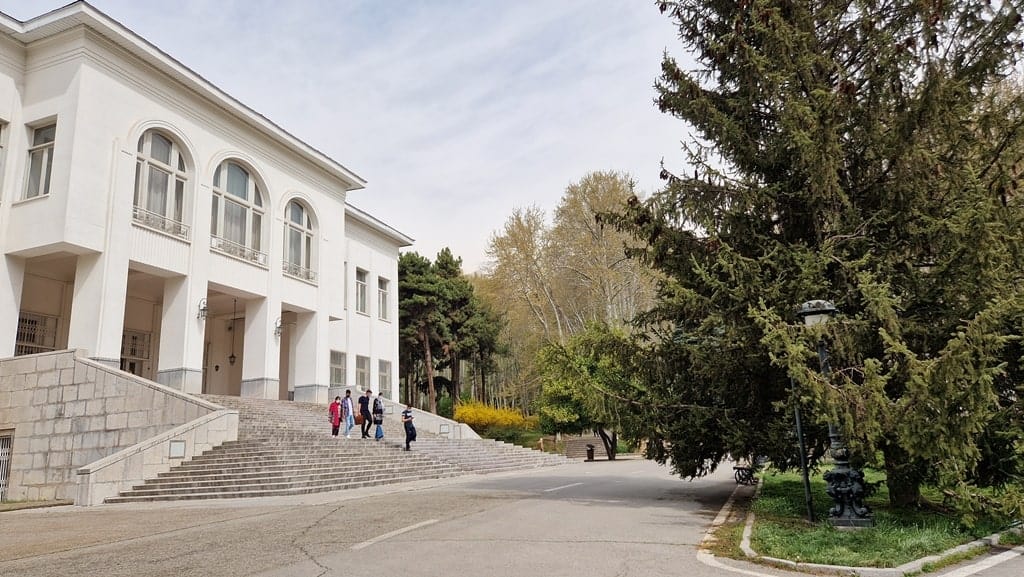
Yet another palace attributed to the Qajar dynasty, the Saad Abad complex, is partly open to the public and still partly used by the president of Iran. Construction on this prominent collection of buildings began in 1921; there are 18 in total, only 10 of which are open to the public.
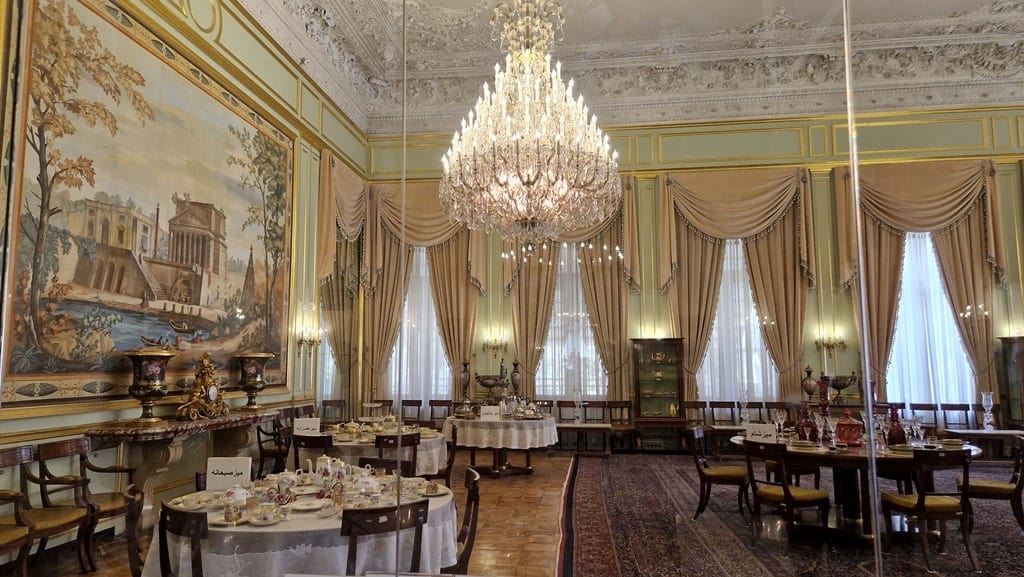
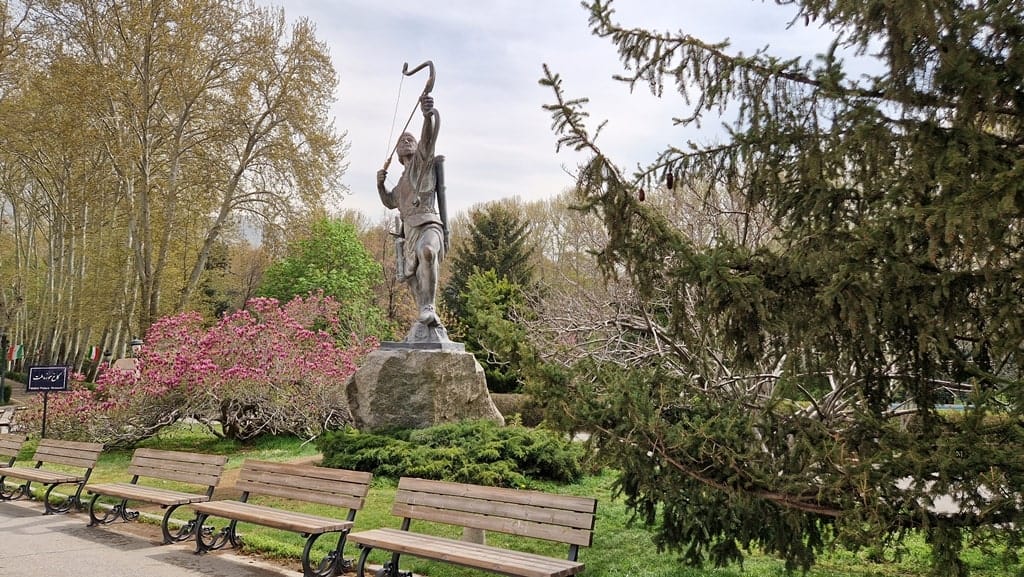
The most notable buildings that visitors can see today are the White Palace, which displays important furnishings and paintings, and the classically decorated Green Palace, awash with mirrored mosaics and sumptuous carpets.
Carpet Museum of Iran
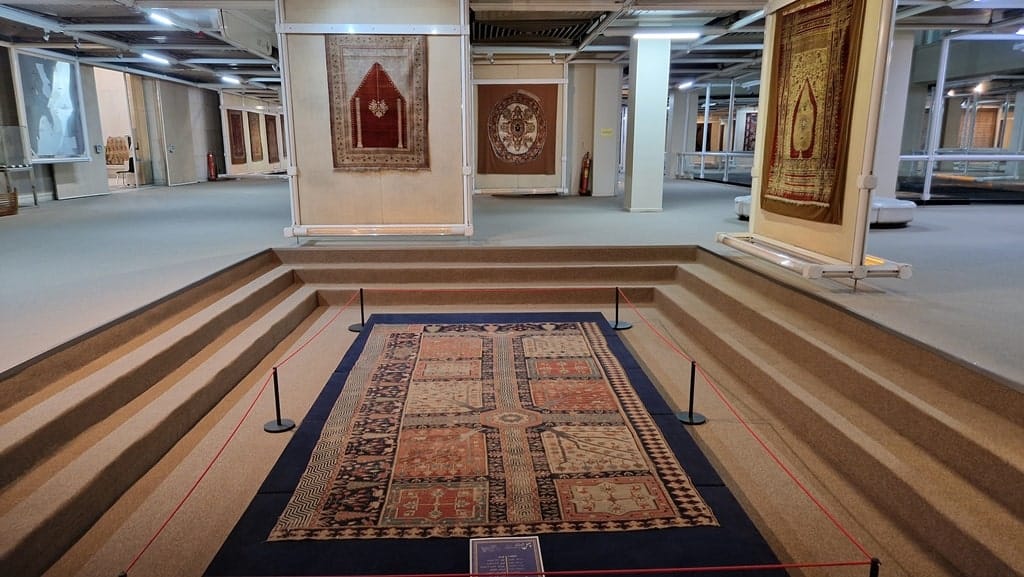
Persian rugs are famed throughout the world for their intricate details and high quality, and the Carpet Museum of Iran is one of the first in the world that is dedicated to this culturally important craft. The building itself is interesting: the architecture itself is designed to resemble a carpet loom.
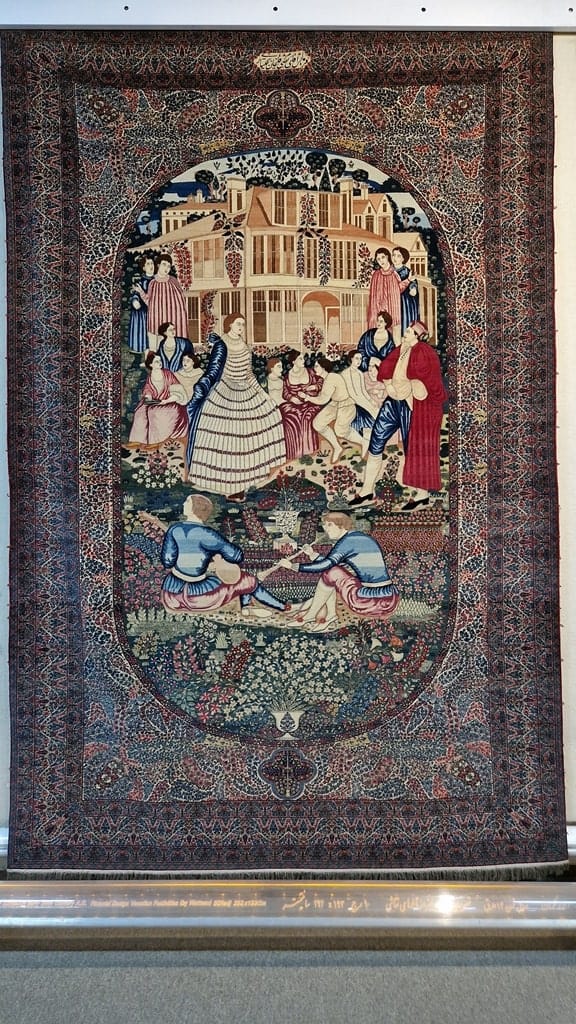
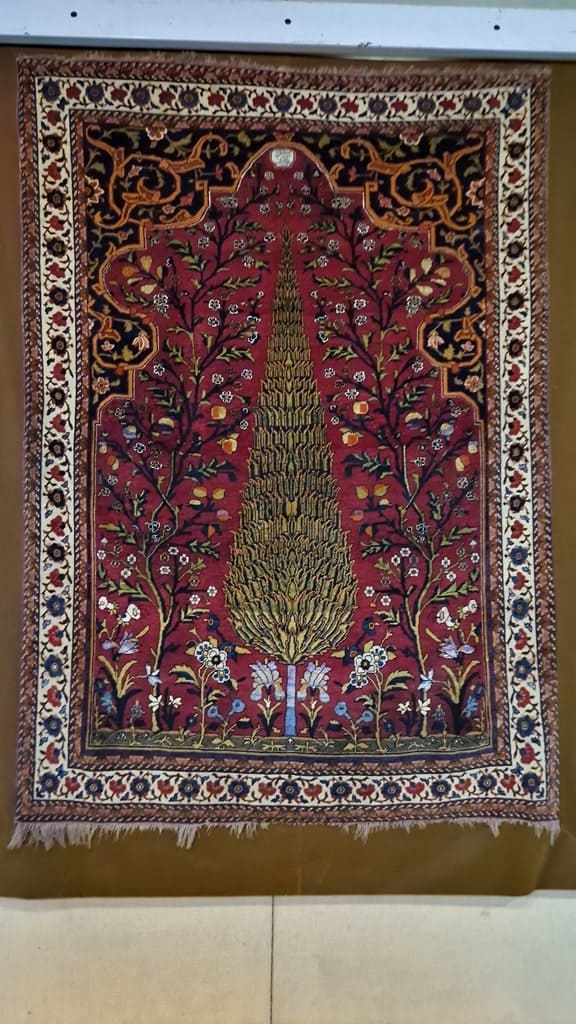
Founded in 1976, the museum showcases a wide selection of Persian carpets from throughout the ages, dating from the 16th century all the way to the present day. Here you can learn how the craft of making Persian rugs is deeply rooted in Persian culture and Iranian art.
Museum of the Islamic Era
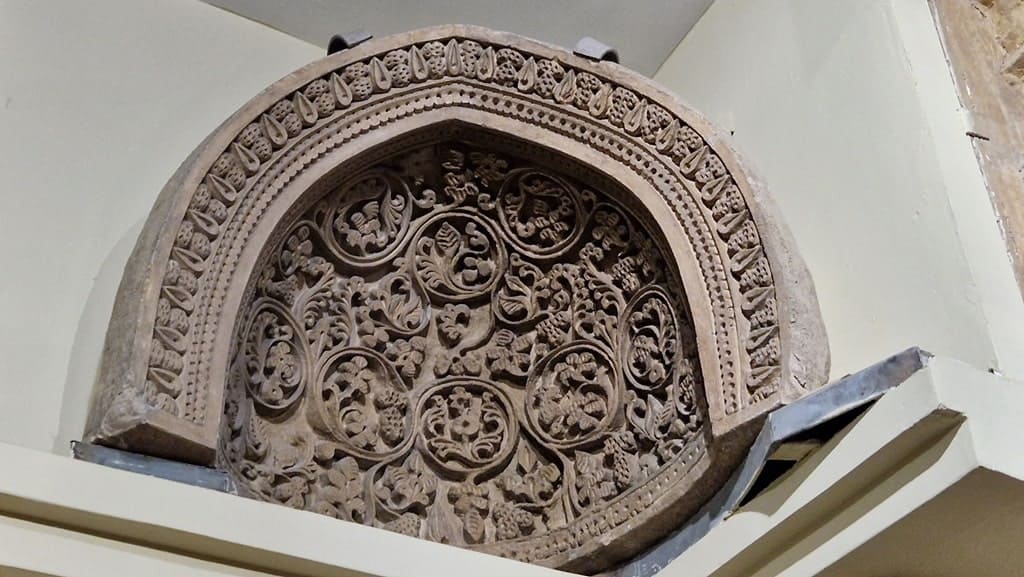
Part of the National Museum of Iran, the Museum of the Islamic Era is the place to go to learn about the impact of Islam on Iran since its introduction in the 7th century. The museum is spread across three floors, which feature a range of exhibits.
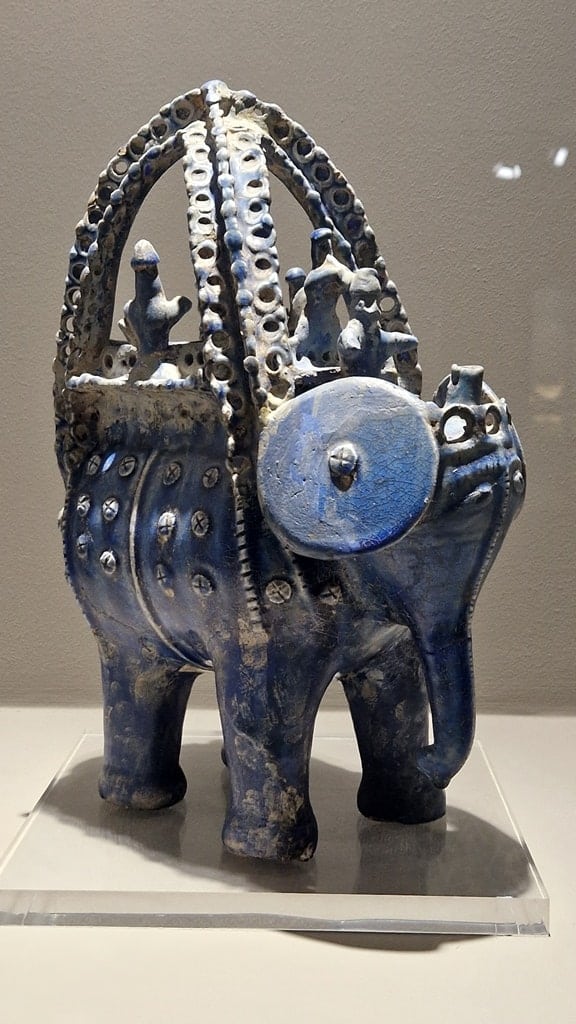

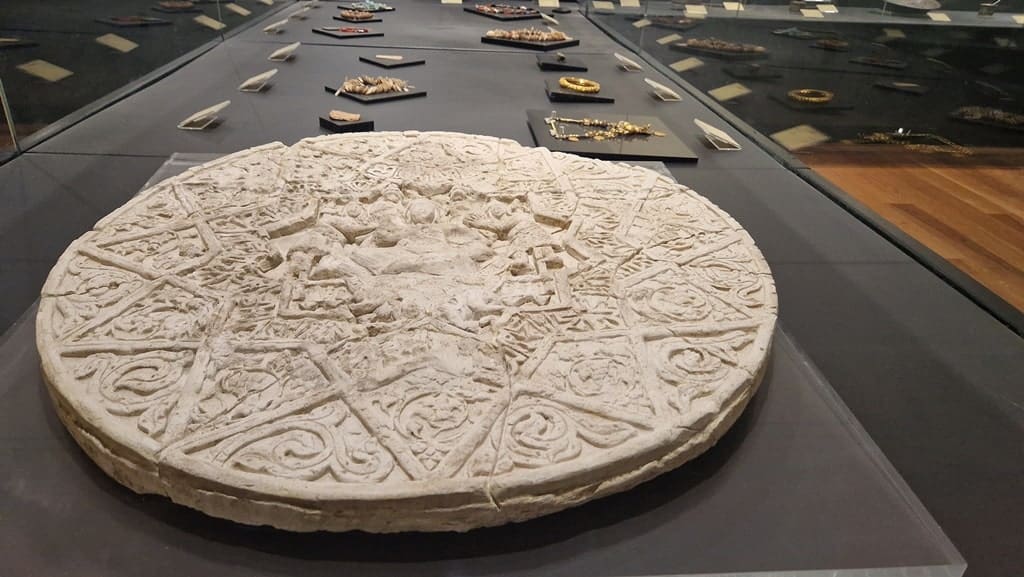
Here you can find out more about the various empires that have ruled this land since the Muslim conquest, from the Timurid dynasty to the more recent Qajars. There are over 1,500 objects arranged in chronological order; one important part is dedicated to scientific and philosophical manuscripts of early Islam.
Museum of Ancient Iran
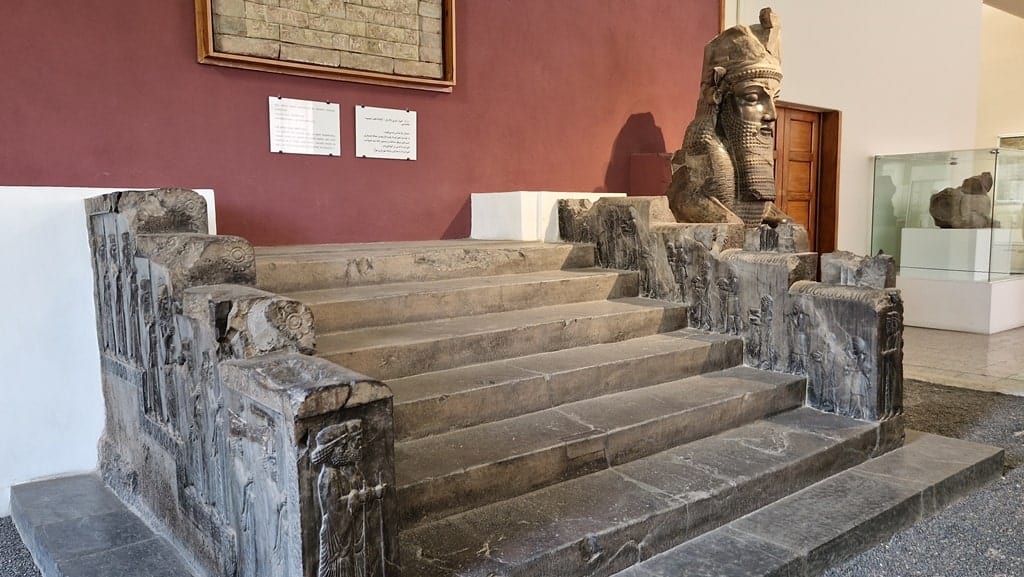
Also, part of the National Museum of Iran, the Museum of Ancient Iran charts the history of Iran thousands of years back to the neolithic age and through the times of great Persian empires.
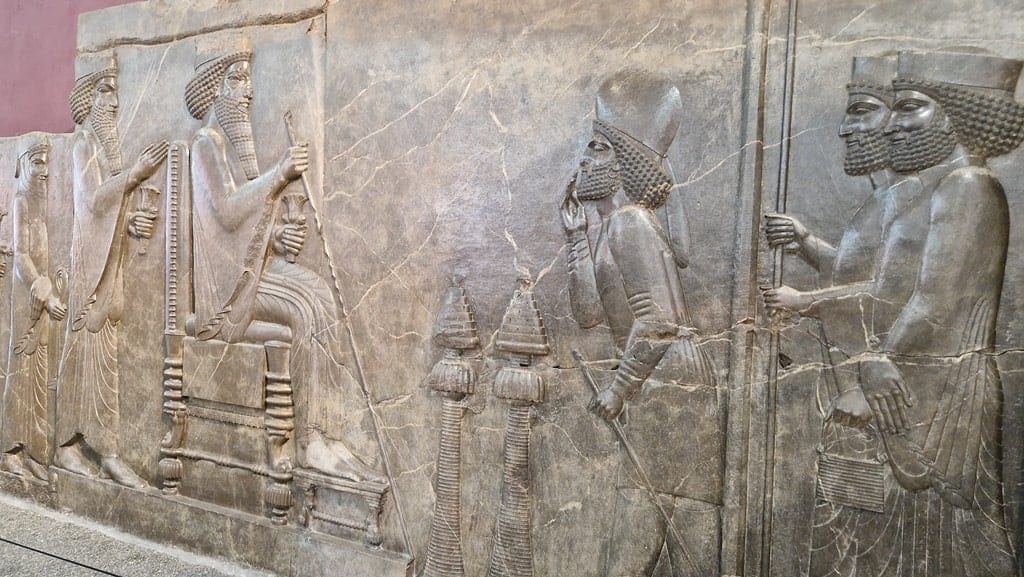
On display here are the oldest fossils of human remains found in Iran – dating to around 20-25,000 years ago; ancient instruments; statues of a Parthian princess; and a staircase taken from the 6th-century BC city of Persepolis.
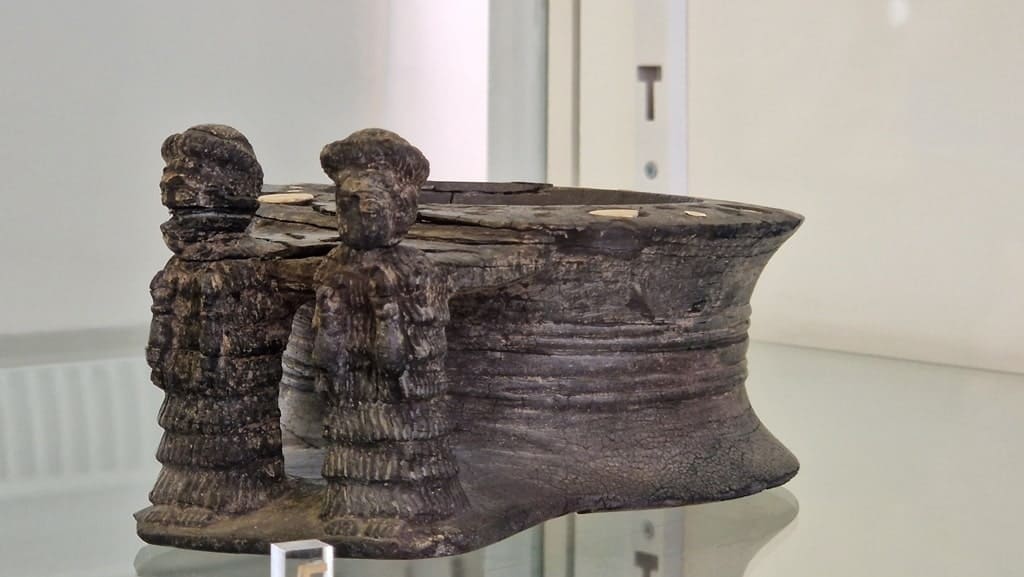
Needless to say, this is an endlessly fascinating place to spend time learning about the rich tapestry of history from this region.
Tabiat Bridge
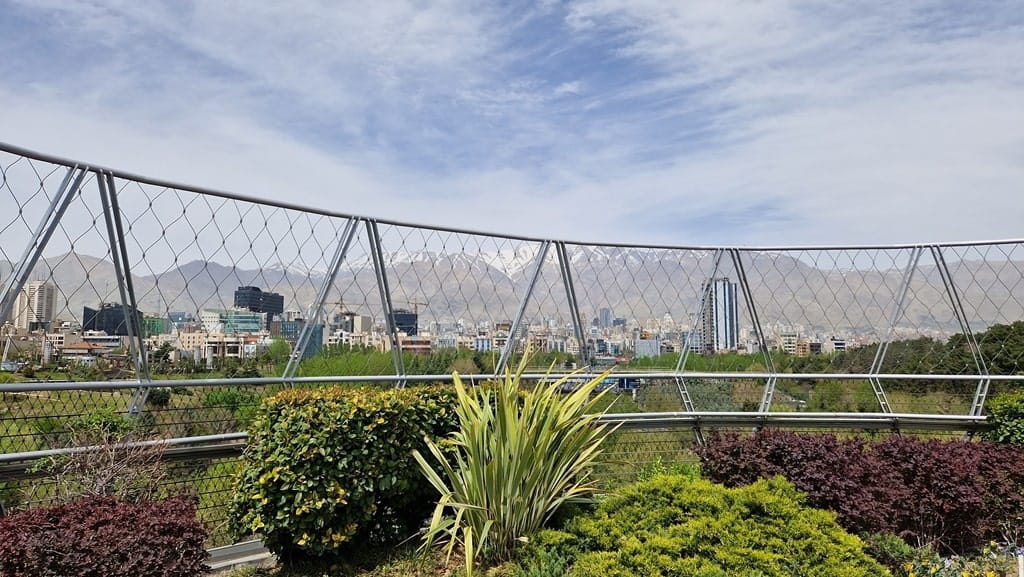
Connecting two public parks, the modern Tabiat Bridge runs over the Modarres Expressway, allowing people to safely pass from Taleghani Park to Abo-Atash Park. Opening to the public in 2014, the design of the bridge has won several awards.
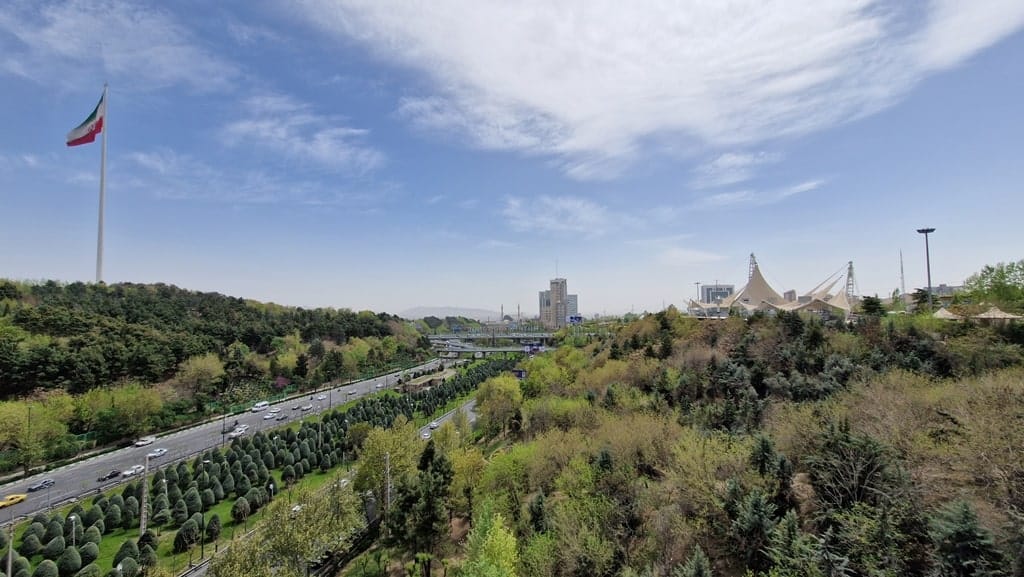
Designed as a place to stop and ponder, not simply to cross over, it is a popular gathering place for locals due to its inclusion of benches and several eateries. Strewn with greenery, it allows the flow of parkland to continue unabated and is particularly attractive at night when it’s illuminated in a spectrum of colors.
Darband
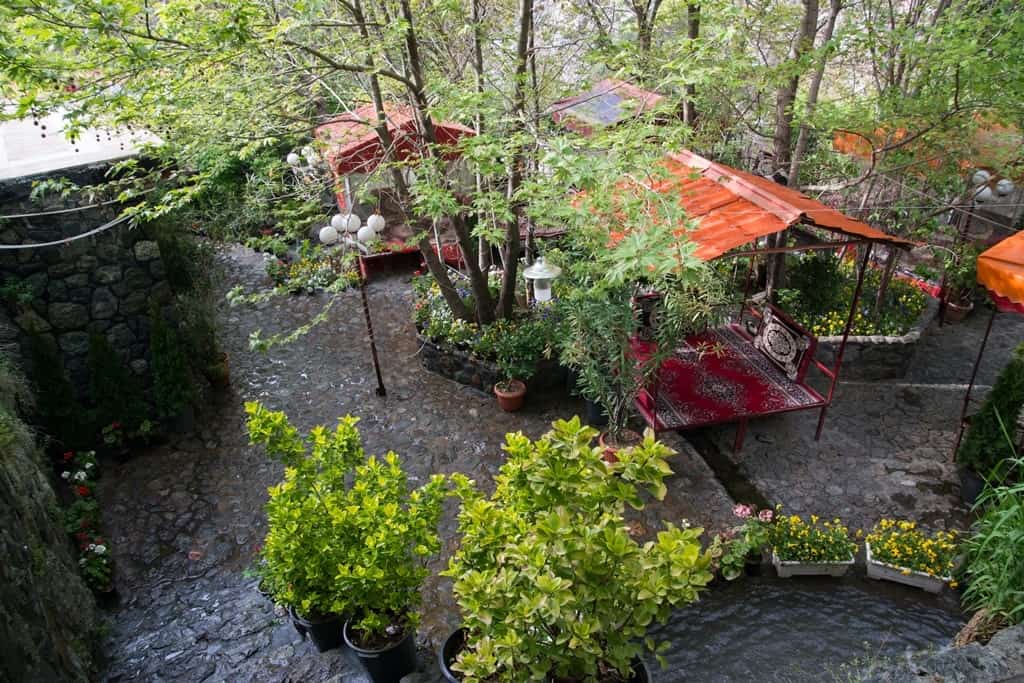
This former village, now part of Tehran proper, is a place to come to get a breath of fresh air in nature. Darband is well known locally for its hiking trails, which lead up to Mount Tochal – the ever-looming backdrop of the city itself. A more leisurely option, if you don’t feel like hiking, is to take a ride on the mountain’s chairlift. And, for when you need to refuel, there are plenty of eateries and cafes for snacks and a caffeine fix.
Former U.S. Embassy
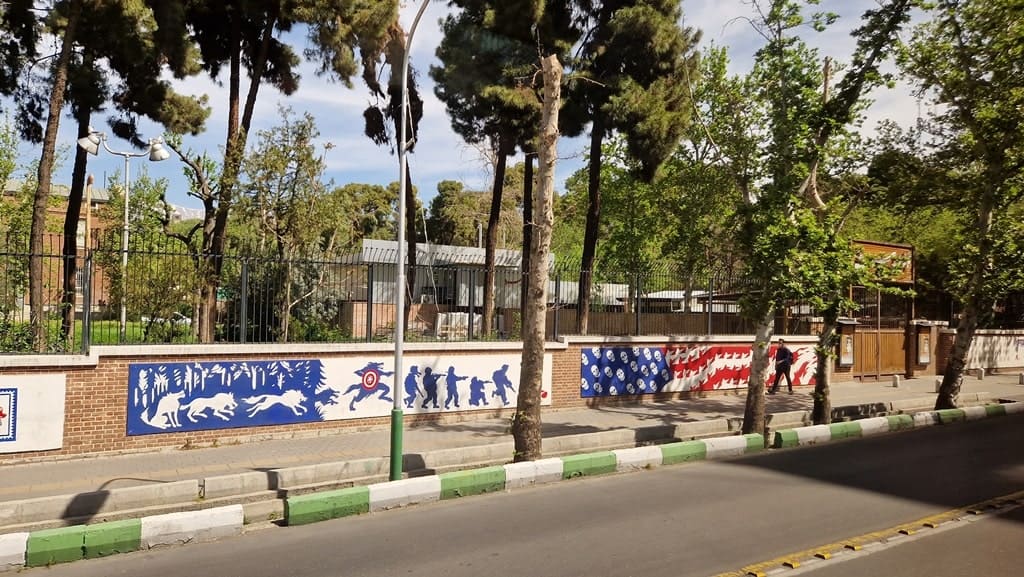
Diplomatic relations between the United States and Iran were cut off following the 1979 Iranian Revolution when the U.S. embassy was seized by revolutionaries who held its staff hostage. Today the building, often referred to locally as the “Den of Spies,” has now opened as a museum. It’s an interesting chance to head inside a diplomatic building – with a twist.
The walls of the former embassy play host to secret documents and exhibits of spying equipment. The museum is particularly interesting for enthusiasts of modern history, but even if you don’t go inside, the colorful anti-American murals outside are worth a look.
Where to stay in Tehran
Espinas International (Khalij-e Fars): The polished Espinas International Hotel has an amazing downtown location, with public transport on the doorstep, making it a great base for exploring the historical and cultural sights of Tehran. The hotel provides guests with a selection of different rooms, traditionally decorated in warm, cozy colors.
In terms of amenities, there are also a number of restaurants situated onsite, where you can sample various items of Persian cuisine, while the on-site health club and swimming pool allow you to keep up with your workouts.
Parsian Azadi International Hotel: The luxurious Parsian Azadi International Hotel is one of the largest (and tallest) hotels in the country. Situated in the Evin neighborhood and backed by dramatic mountains, the 5-star accommodation option boasts 475 rooms and suites across 25 floors. With their retro meets traditional design, the suites here feature mezzanine floors and seating areas, as well as amazing views out over the city.
There are a total of four restaurants situated at the hotel, including one that serves Japanese cuisine. Guests will also have the use of an upmarket health club onsite, too, which features a steam room and massage services.
